Overview
The title "Top 9 Must-Try 2024 Wines for Family-Owned Wineries" indicates a focused examination of wine recommendations specifically for family-operated vineyards in 2024. It is imperative for family-owned wineries to prioritize varietals such as:
- Pinot Noir
- Chardonnay
- Grenache
These selections not only cater to a wide range of consumer preferences but also bolster direct-to-consumer strategies. By effectively leveraging marketing and storytelling techniques, these wineries can significantly enhance sales and foster customer loyalty.
Introduction
Family-owned wineries are leading the charge in a vibrant wine renaissance, showcasing unique varietals that narrate rich stories of heritage and craftsmanship. As consumer preferences evolve, these wineries confront the challenge of differentiating themselves in a competitive market while appealing to discerning palates. This article delves into nine must-try wines for 2024, illustrating how family-owned producers can leverage innovative direct-to-consumer strategies and captivating narratives to engage a new generation of wine enthusiasts. What elevates these selections beyond mere beverages to experiences worth savoring?
Enocap: Transformative DTC Strategies for Family-Owned Wineries
Enocap specializes in crafting transformative direct-to-consumer (DTC) strategies tailored for family-owned vineyards. By focusing on the development of robust DTC sales channels, enhancing club memberships, and implementing effective demand generation tactics, Enocap empowers producers to engage directly with consumers. This strategy not only propels immediate sales growth but also cultivates enduring customer loyalty through and personalized experiences.
With a proven track record of remarkable e-commerce growth for clients—achieving increases of up to 191%—Enocap's methodologies are vital for vineyards striving to excel in an increasingly competitive landscape. As visitation rates to tasting rooms decline, the shift in club sales surpassing tasting room sales—accounting for 39% of all DTC sales—underscores the critical nature of these channels.
Industry authorities, such as Dr. Liz Thach, emphasize the imperative for vineyards to recalibrate their DTC strategies to meet the evolving demands of consumers, particularly younger demographics who prioritize authenticity and storytelling. Moreover, 20% of vineyards are adopting digital marketing strategies beyond social media to broaden their clubs, showcasing innovative approaches in their DTC initiatives.
Enocap also provides customer retention programs and strategic capital planning to further assist family-owned wineries in navigating ongoing challenges and achieving sustainable growth.
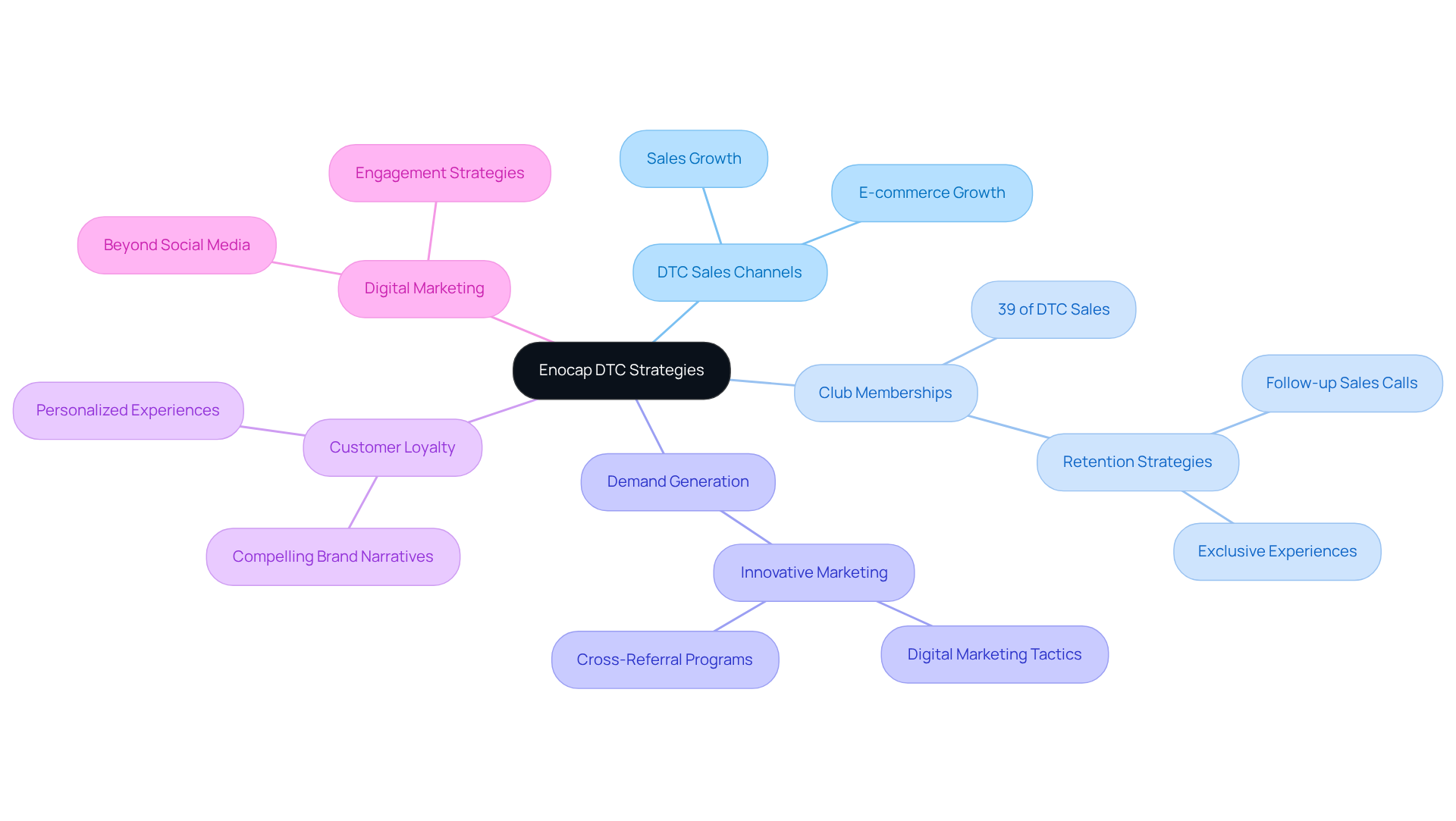
Pinot Noir: A Versatile Favorite for All Occasions
Pinot Noir stands out for its remarkable versatility, making it an exceptional choice for a wide array of occasions. Its light body, combined with an intricate flavor profile, allows it to pair beautifully with dishes such as grilled salmon, roasted chicken, and richer meats. This broad appeal captivates both casual drinkers and wine enthusiasts alike. In 2025, statistics indicate that 56% of wine drinkers favor Pinot Noir for its refined taste and aroma, underscoring its widespread popularity.
Family-operated vineyards should prioritize high-quality Pinot Noir in their selections, as this strategy not only attracts diverse consumer segments but also fortifies their market presence and drives consistent DTC revenue. By implementing targeted DTC strategies, including personalized marketing campaigns and exclusive membership programs, producers can effectively convert casual buyers into loyal club members. This not only fosters but also encourages repeat purchases.
Sommeliers frequently emphasize Pinot Noir's adaptability, highlighting its natural acidity and lower tannin levels, which render it suitable for modern cuisine. Furthermore, strategic capital planning can bolster these DTC initiatives by ensuring that businesses possess the necessary resources to invest in marketing and customer engagement efforts. By showcasing this adaptable varietal and crafting compelling brand narratives around it, producers can effectively connect with both enthusiasts and casual consumers, ultimately enhancing loyalty and facilitating expansion.
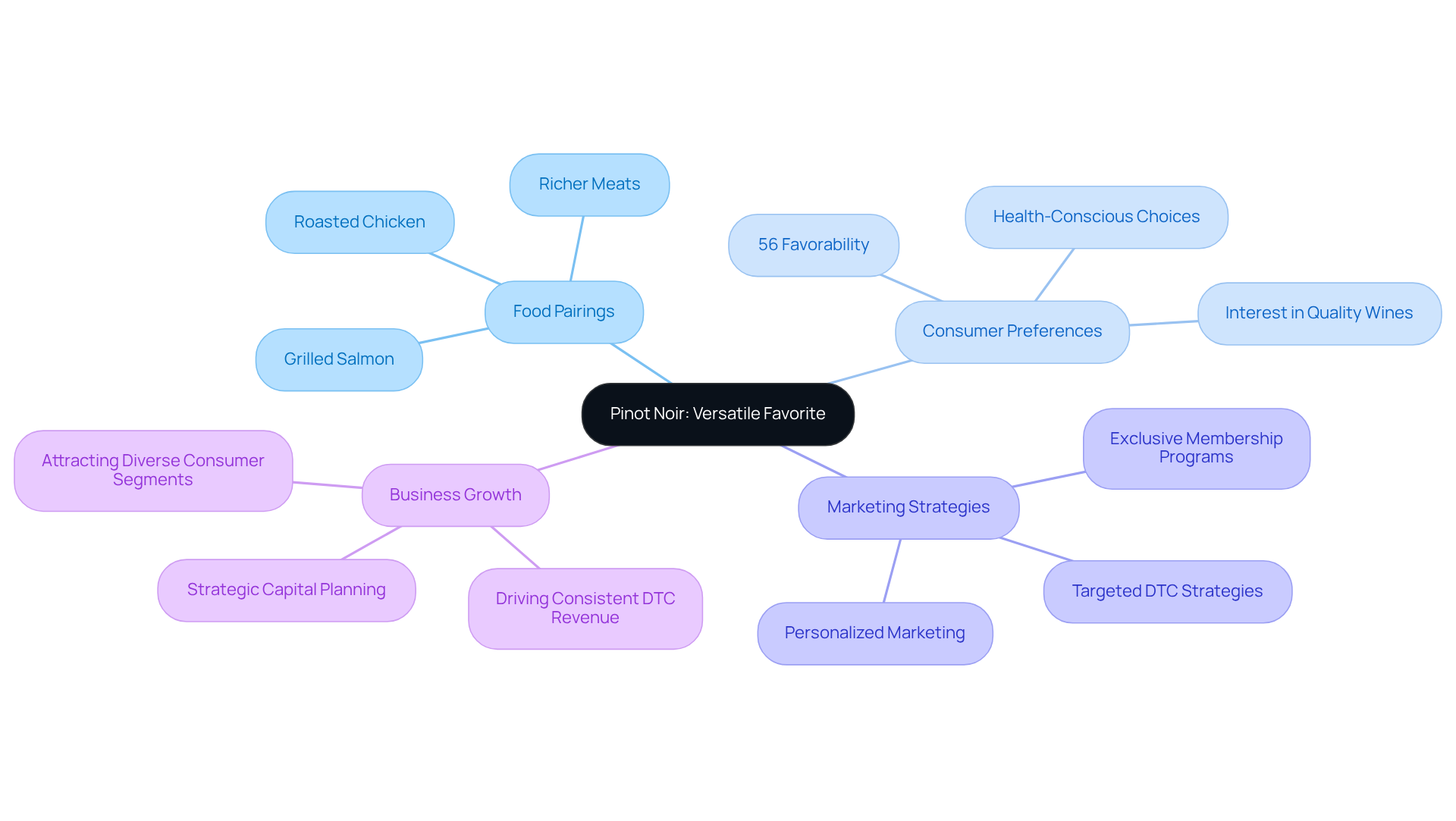
Chardonnay: The Classic Choice with Modern Twists
Chardonnay remains a timeless favorite, yet modern interpretations are significantly enhancing its allure. With options ranging from oaked to unoaked varieties, this versatile wine caters to diverse palates. Family-owned wineries have a prime opportunity to leverage this trend by presenting unique Chardonnay selections that reflect local terroir and innovative winemaking techniques. This strategy not only appeals to traditional Chardonnay enthusiasts but also draws in new individuals eager for fresh experiences.
In 2025, consumer preferences reveal an increasing interest in oaked Chardonnay, with 60% of beverage enthusiasts favoring its rich, buttery profile, while 40% prefer the crispness of unoaked variations. This shift underscores the importance of offering both styles to meet varying tastes.
Wine critics have praised , noting that wines like the Amelia Chardonnay from Concha y Toro exemplify purity and precision, earning accolades for their complex flavor profiles. As the market evolves, family-owned vineyards can differentiate themselves by embracing innovative winemaking techniques, such as utilizing native yeasts and experimenting with fermentation methods, to create distinctive expressions of Chardonnay.
The 2025 trends in Chardonnay winemaking highlight a focus on sustainability and minimal intervention, appealing to environmentally conscious consumers. By incorporating these practices, vineyards can enhance their brand storytelling and connect more deeply with their audience. As Chardonnay continues to flourish, family-operated vineyards have a prime opportunity to showcase their distinct offerings and attract the interest of both devoted supporters and new beverage enthusiasts.
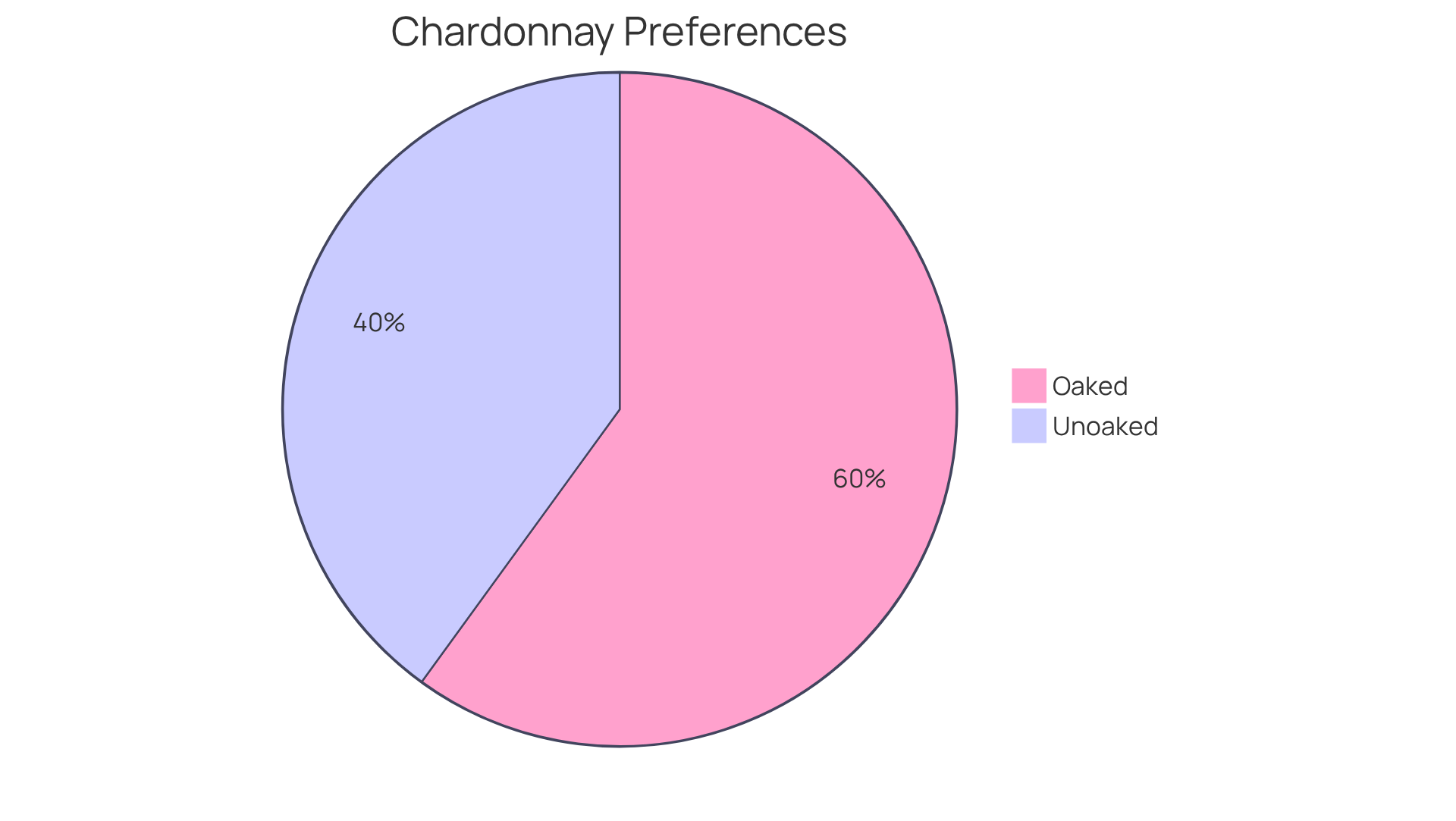
Grenache: A Bold Option for the Adventurous Palate
Grenache emerges as an exceptional choice for those who seek bold and adventurous flavors. Renowned for its rich fruitiness and spicy undertones, this wine pairs exquisitely with grilled meats, hearty stews, and robust dishes. Chefs consistently recommend pairing Grenache with lamb or barbecued ribs, as its flavor profile beautifully complements the savory notes of these foods.
Family-operated vineyards should strategically position Grenache as a signature selection in their offerings, capitalizing on the increasing preference for robust beverages, which is projected to grow substantially by 2025. By highlighting unique food pairings and engaging narratives surrounding Grenache, wineries can attract adventurous patrons eager for distinctive tasting experiences.
Effective marketing strategies may involve:
- Organizing food and beverage pairing events
- Utilizing social media to showcase culinary collaborations
- Sharing chef testimonials that emphasize Grenache's versatility and allure
This multifaceted approach not only enhances visibility but also fosters deeper connections with consumers, encouraging them to explore and appreciate the bold character of Grenache.
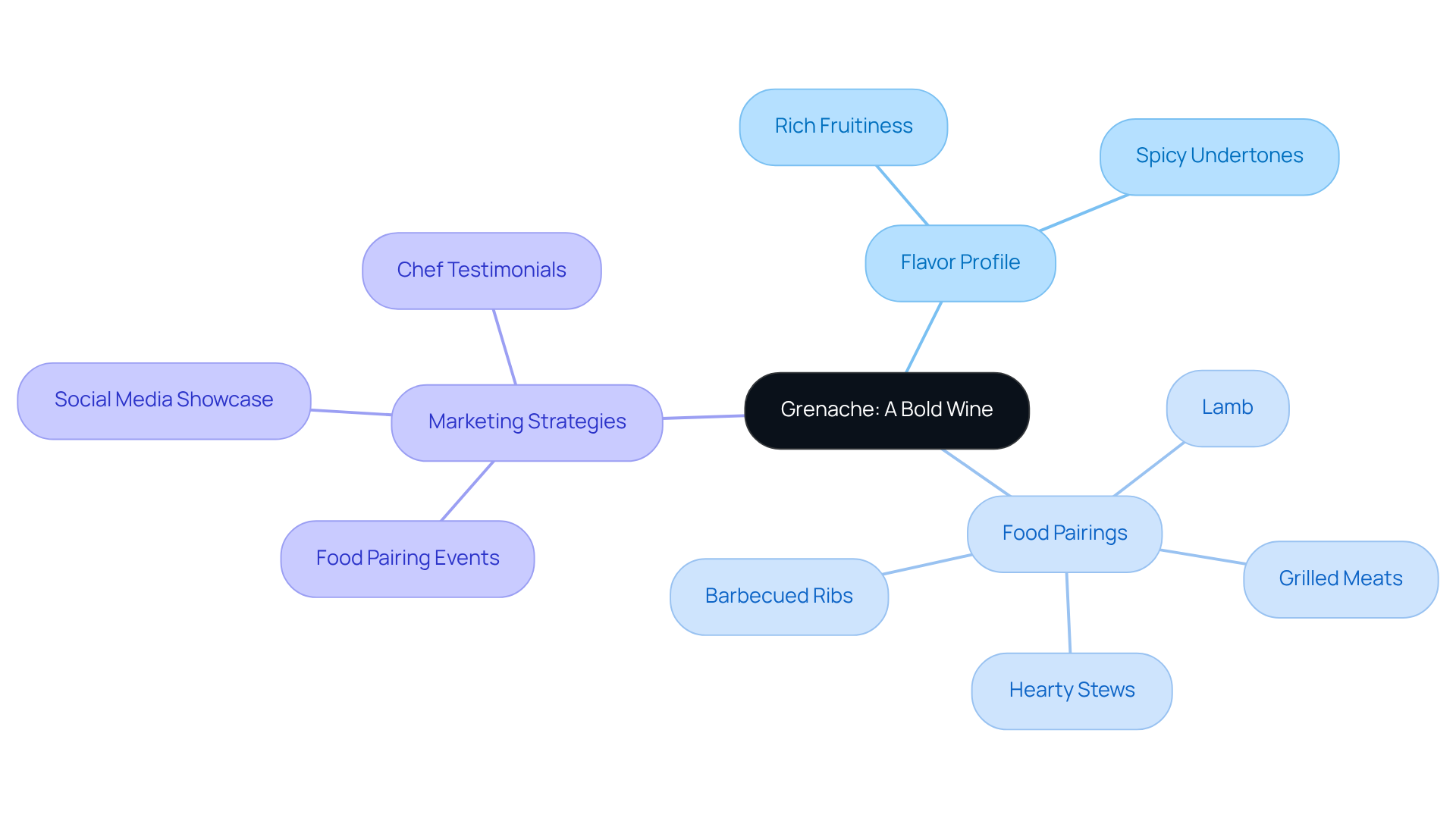
Cabernet Sauvignon: The Timeless Red for Every Wine Lover
Cabernet Sauvignon stands as the undisputed king of red varieties, celebrated for its full-bodied structure and rich flavors. This varietal harmonizes beautifully with an array of dishes, from succulent steak to indulgent dark chocolate desserts. Family-owned vineyards must prioritize a high-quality Cabernet Sauvignon in their portfolio, as it appeals to both seasoned wine enthusiasts and casual drinkers, thereby ensuring a consistent demand.
To effectively promote their Cabernet Sauvignon, family-owned establishments should harness . This involves:
- Crafting compelling brand narratives that resonate with consumers.
- Hosting tasting events that highlight the varietal's versatility.
- Transforming casual purchasers into dedicated club members through targeted marketing.
By implementing these strategies, producers can enhance customer engagement and drive sales.
Moreover, strategic capital planning is imperative for family-owned vineyards aiming to expand their Cabernet Sauvignon selections. By securing the necessary capital for investments in quality production and marketing initiatives, wineries can elevate their reputation and attract a wider customer base. As the market for high-quality beverages continues to flourish, a thoughtfully curated assortment of Cabernet Sauvignon will be crucial for sustaining long-term success.
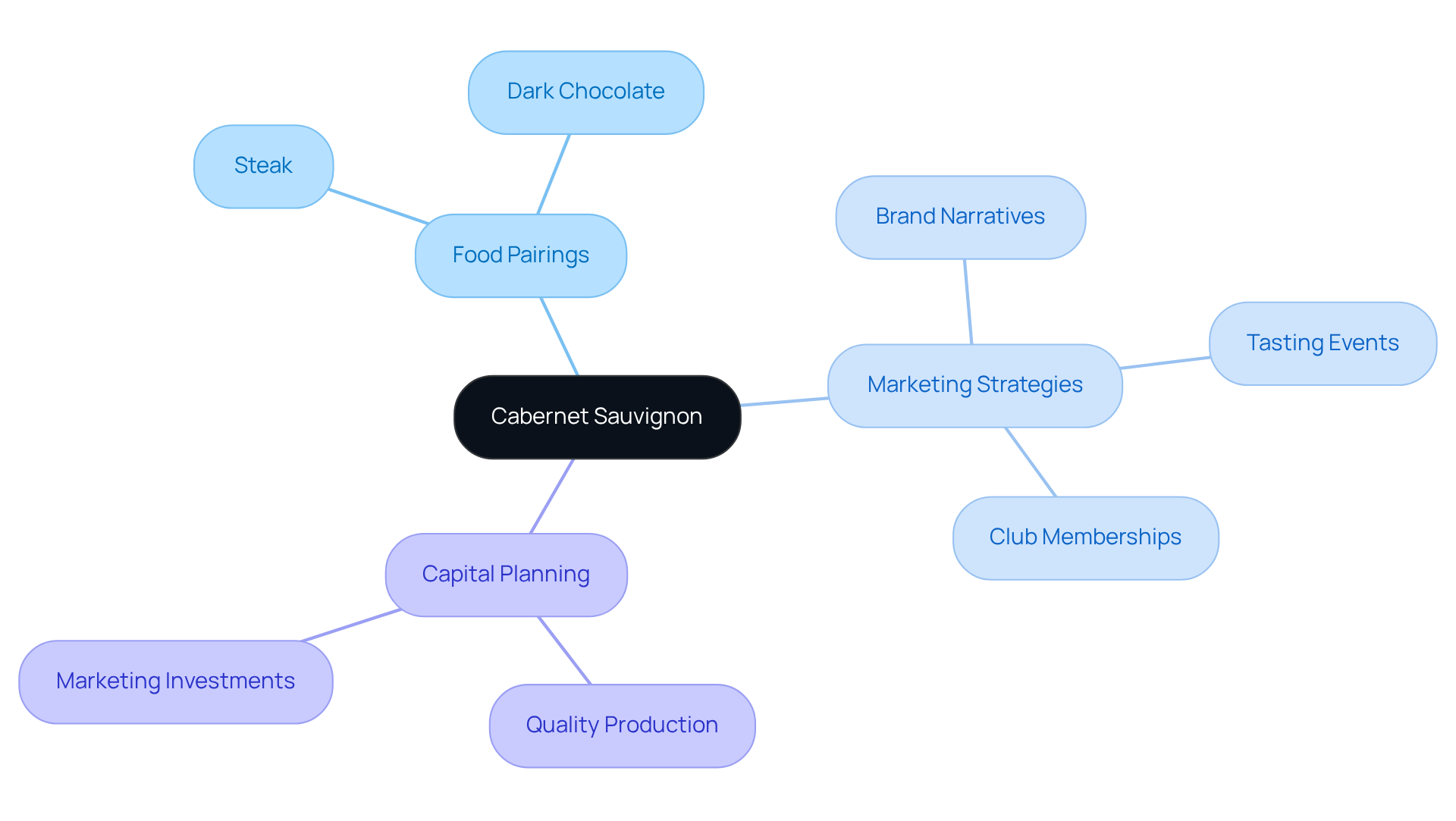
Sauvignon Blanc: A Refreshing Choice for Warm Weather
Sauvignon Blanc stands out as a vibrant and zesty white wine that excels in warm weather. Its lively acidity and refreshing citrus notes make it an ideal companion for seafood, salads, and light meals, appealing to those seeking crisp alternatives during the summer months. Family-owned vineyards can effectively promote their Sauvignon Blanc selections by highlighting its versatility and food pairing potential. Engaging storytelling about the vineyard's heritage can enhance its allure, allowing producers to forge personal connections with patrons.
Sommeliers frequently recommend pairing Sauvignon Blanc with dishes that complement its lively character. A classic pairing, such as grilled shrimp or a fresh summer salad, can significantly elevate the dining experience. As buyer preferences shift towards lighter varieties, particularly among younger demographics, producers should emphasize Sauvignon Blanc's refreshing characteristics in their promotional strategies. This approach not only attracts new customers but also reinforces among existing ones.
The trend towards white beverages, especially Sauvignon Blanc, is expected to persist into 2025, driven by its compatibility with warm weather and its ability to complement a variety of dishes, including those that pair well with 2024 wine. By focusing on effective strategies, including sustainable practices that resonate with the 63% of U.S. beverage consumers who prioritize environmental impact when selecting their drinks, family-owned wineries can position their Sauvignon Blanc as a must-try option for those eager to enjoy the season's flavors. Furthermore, integrating strategic capital planning into their marketing efforts will bolster growth and loyalty within the beverage sector.
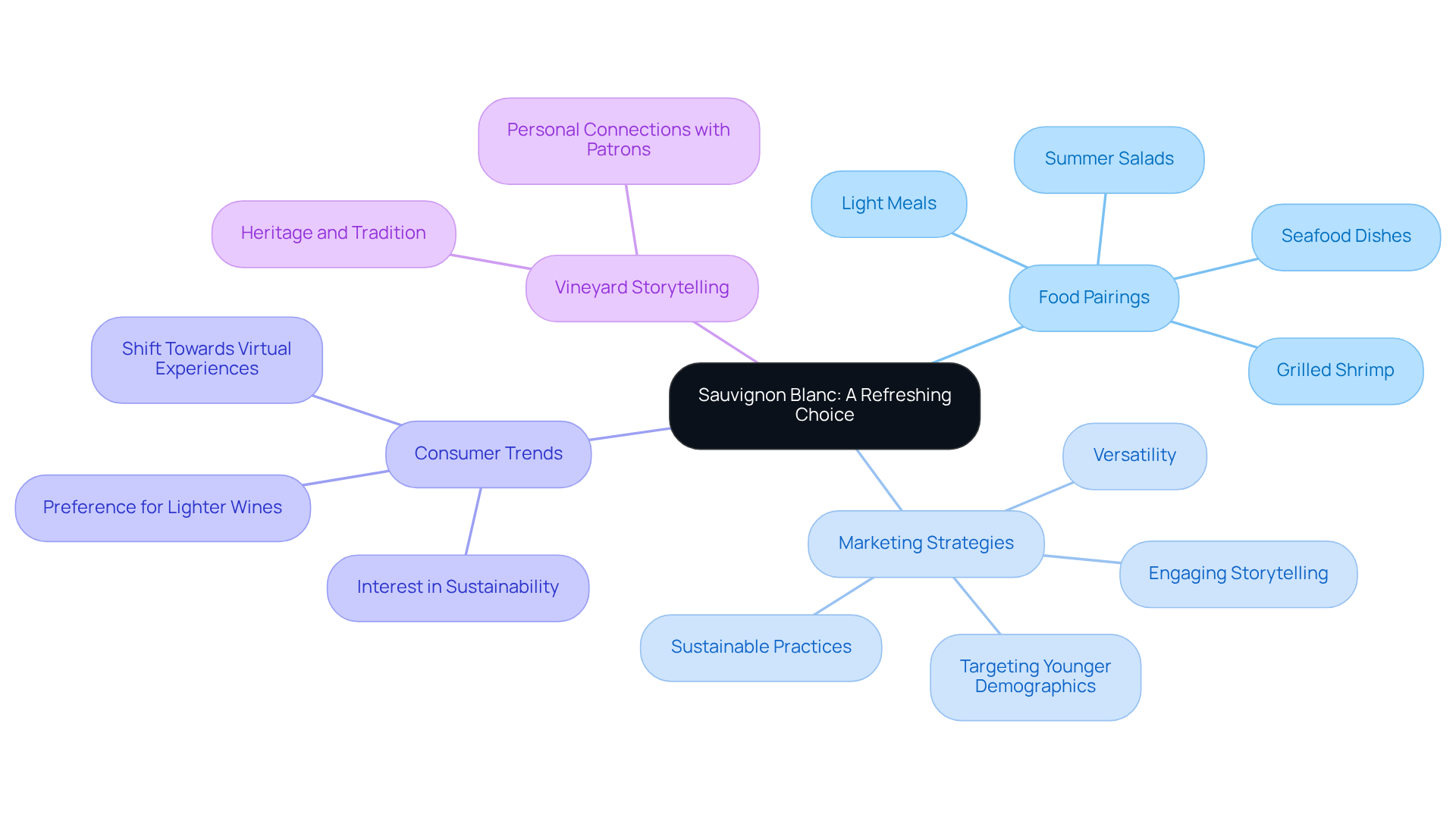
Riesling: The Sweet and Aromatic Gem
Riesling stands out for its aromatic qualities and balanced sweetness, establishing itself as a cherished choice among sweet beverage enthusiasts. This varietal excels in pairing with spicy dishes and rich desserts, creating a delightful contrast that significantly enhances the dining experience.
As consumer preferences shift towards aromatic and flavorful varieties, family-owned producers must prominently feature Riesling in their selections. This strategic move can attract a growing audience that appreciates its unique flavor profile and versatility.
Furthermore, incorporating quotes from critics can enhance Riesling's allure, highlighting its complexity and charm. To capitalize on the increasing interest in dessert beverages, producers should adopt that emphasize food pairings and captivating narratives.
Additionally, strategic capital planning is essential for wineries to ensure they possess the necessary resources to support these initiatives and secure their legacy for generations.
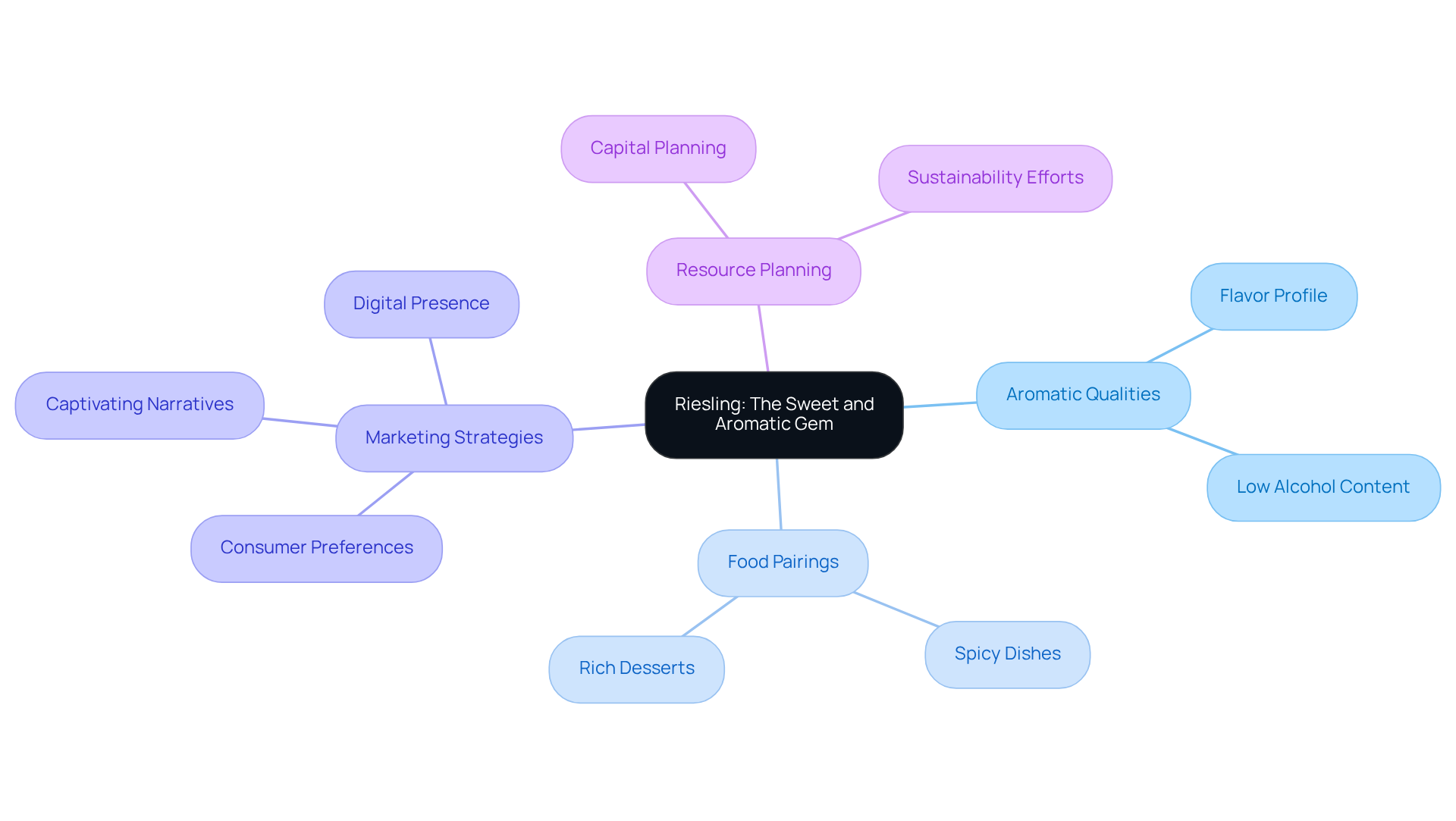
Rosé: The Trendy Wine for Every Season
Rosé has experienced a remarkable surge in popularity, solidifying its status as a fashionable choice for beverage enthusiasts year-round. Its versatility positions it as an ideal companion for a diverse range of dishes, from light salads and seafood to grilled meats and Mediterranean fare. By 2025, rosé is projected to command a significant share of beverage consumption, signaling a shift towards fresher, lighter profiles that resonate with contemporary tastes.
Family-operated vineyards are poised to capitalize on this trend by diversifying their rosé offerings, catering to consumers in search of refreshing and stylish wines. By championing unique blends and sustainable practices, these wineries can draw in eco-conscious consumers who prioritize quality and ethical production. Industry leaders underscore the necessity of storytelling and engaging marketing strategies to showcase the versatility of rosé, ensuring it remains a cornerstone of the beverage market.
As highlighted by beverage connoisseurs, rosé's adaptability transcends traditional pairings, rendering it suitable for a variety of occasions, from casual gatherings to upscale events. This positions rosé as a formidable contender in the beverage landscape, urging family-owned producers to harness its potential and refine their selections to align with evolving consumer preferences.
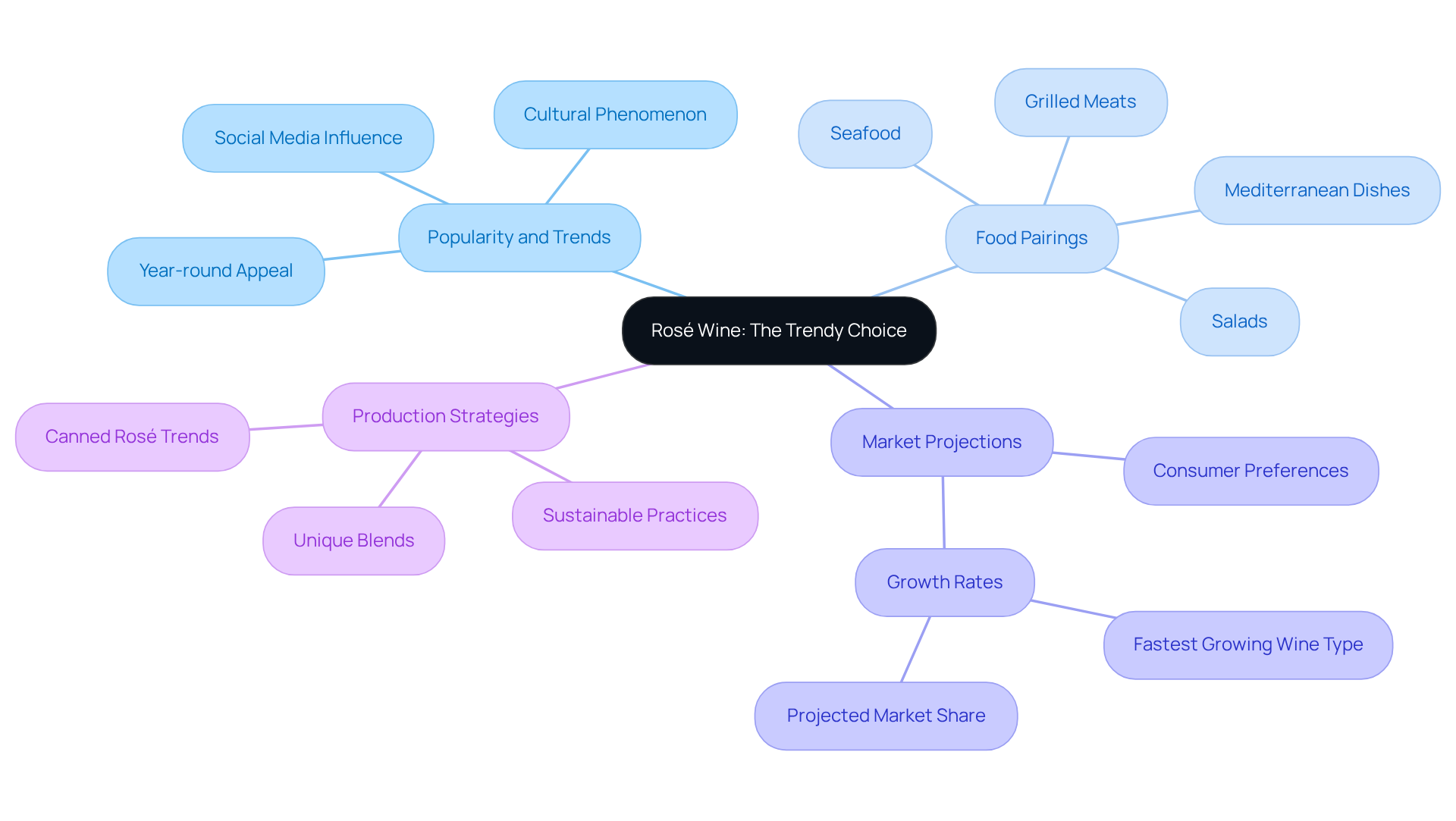
Malbec: The Rich and Fruity Choice for Red Wine Lovers
Malbec, renowned for its rich, fruity flavors and velvety texture, has established itself as a favorite among red wine enthusiasts. This varietal excels in pairing with grilled meats and hearty dishes, making it an essential offering for family-owned vineyards. To effectively promote high-quality Malbec, wineries should emphasize its versatility in food pairings, such as:
- Barbecued lamb
- Mushroom risotto
These pairings enhance its bold character. Sommeliers frequently recommend pairing Malbec with meals that accentuate its richness, highlighting how the beverage's fruit-forward character can elevate the dining experience.
In 2025, buyer preferences are increasingly leaning towards robust red beverages, with a notable rise in demand for varietals like Malbec. Wineries can capitalize on this trend by crafting around their Malbec offerings, showcasing the unique terroir and winemaking techniques that contribute to its distinctive flavor.
Captivating stories, paired with premium visuals and informative material regarding food combinations, can significantly enhance a vineyard's promotional approach, appealing to customers who seek both quality and experience in their beverage selections. Furthermore, to convert casual purchasers into devoted club members, vineyards should consider providing exclusive membership perks, such as:
- Early access to new releases
- Special events
By establishing Malbec as a preferred choice for events and festivities, family-owned producers can effectively tap into the expanding market for rich, satisfying red beverages.
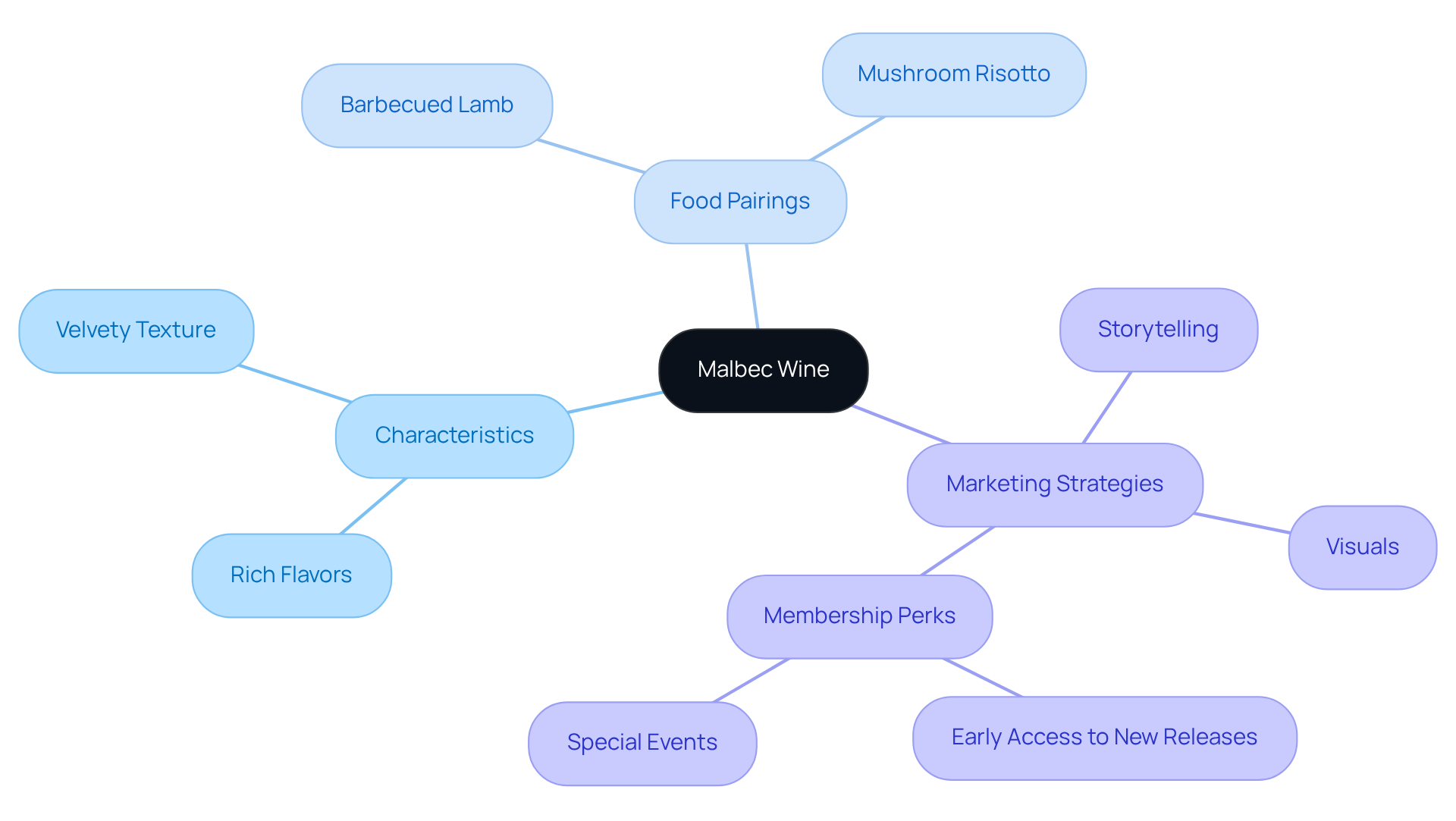
Syrah: The Spicy and Complex Option for Enthusiasts
Syrah stands out for its intricate and spicy flavor profile, often revealing notes of black pepper, dark fruit, and subtle smoky undertones. This varietal pairs exceptionally well with rich dishes, such as barbecued meats, hearty stews, and even spicy cuisine, establishing itself as a versatile choice for discerning food enthusiasts.
Family-operated vineyards must strategically emphasize their Syrah selections, as public interest in complex beverages continues to rise. In 2025, statistics reveal that 68% of beverage consumers are attracted to selections with depth and character, underscoring a growing preference for varietals like Syrah.
To effectively promote these sophisticated beverages, producers should that highlights the distinctive terroir and production methods, crafting an engaging narrative that resonates with consumers. Involving wine critics and influencers to share insights on the flavor profile of Syrah can significantly enhance visibility and appeal, positioning family-owned establishments as leaders in delivering unique, high-quality wines.
Furthermore, wineries ought to consider strategic capital planning to support growth initiatives, ensuring sustainable success in a competitive market. By implementing proven direct-to-consumer strategies, they can transform casual buyers into loyal club members, ultimately bolstering their market presence and profitability.
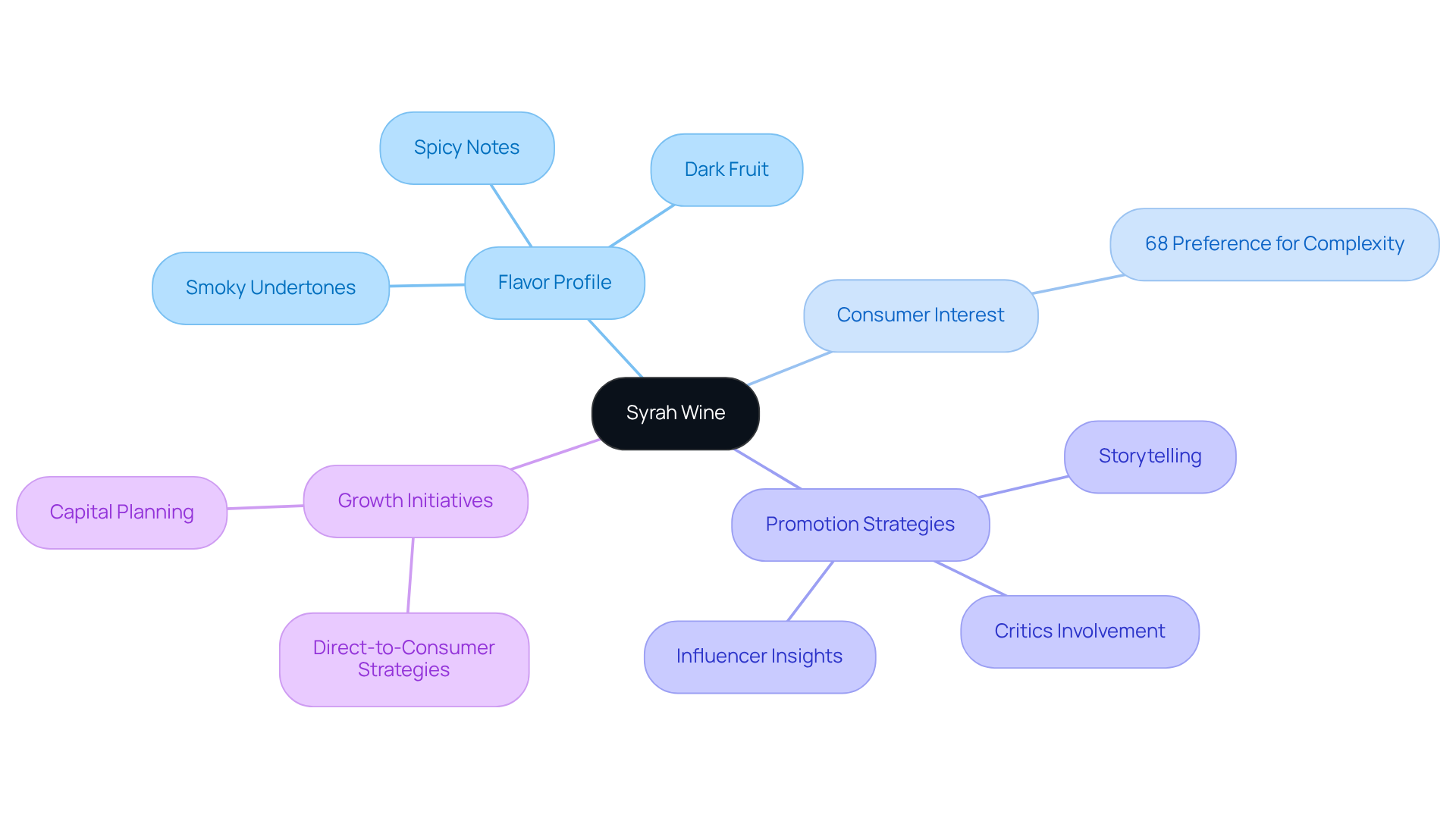
Conclusion
The exploration of must-try wines from family-owned wineries for 2024 underscores the unique qualities and market potential of various varietals. Each wine, from the versatile Pinot Noir to the bold Syrah, presents distinct flavor profiles and pairing possibilities that cater to a diverse audience. Family-operated vineyards must capitalize on these trends by implementing effective direct-to-consumer strategies, enhancing customer engagement, and fostering brand loyalty through compelling narratives and personalized experiences.
Key insights from the article highlight the necessity of adapting to consumer preferences, particularly among younger demographics who prioritize authenticity and storytelling. As family-owned wineries navigate the evolving landscape, focusing on high-quality selections such as Chardonnay, Grenache, and Cabernet Sauvignon can significantly enhance their market presence. Furthermore, strategic capital planning and innovative marketing approaches are essential in promoting these wines and converting casual buyers into loyal club members.
Ultimately, the importance of embracing transformative DTC strategies cannot be overstated. By concentrating on sustainability, unique offerings, and engaging storytelling, family-owned wineries can not only thrive but also enrich the wine experience for consumers. As the demand for quality wines continues to grow, producers are encouraged to refine their selections and marketing efforts, ensuring they remain at the forefront of the beverage industry in 2024 and beyond.
Frequently Asked Questions
What does Enocap specialize in?
Enocap specializes in crafting transformative direct-to-consumer (DTC) strategies tailored for family-owned vineyards, focusing on developing robust DTC sales channels, enhancing club memberships, and implementing effective demand generation tactics.
How does Enocap help family-owned wineries?
Enocap empowers producers to engage directly with consumers, propelling immediate sales growth and cultivating enduring customer loyalty through compelling brand narratives and personalized experiences.
What notable results have Enocap's clients achieved?
Enocap has a proven track record of remarkable e-commerce growth for clients, achieving increases of up to 191%.
What trends are affecting tasting room sales?
As visitation rates to tasting rooms decline, club sales are surpassing tasting room sales, accounting for 39% of all DTC sales.
What do industry authorities recommend for vineyards?
Industry authorities, such as Dr. Liz Thach, emphasize the need for vineyards to recalibrate their DTC strategies to meet the evolving demands of consumers, especially younger demographics who prioritize authenticity and storytelling.
How are vineyards adapting their marketing strategies?
Approximately 20% of vineyards are adopting digital marketing strategies beyond social media to broaden their clubs and showcase innovative approaches in their DTC initiatives.
What additional services does Enocap provide to wineries?
Enocap provides customer retention programs and strategic capital planning to assist family-owned wineries in navigating ongoing challenges and achieving sustainable growth.
What makes Pinot Noir a popular choice among wine drinkers?
Pinot Noir's remarkable versatility and intricate flavor profile make it an exceptional choice for various occasions, appealing to both casual drinkers and wine enthusiasts.
What percentage of wine drinkers favored Pinot Noir in 2025?
In 2025, statistics indicate that 56% of wine drinkers favored Pinot Noir for its refined taste and aroma.
How can family-operated vineyards benefit from high-quality Pinot Noir?
Prioritizing high-quality Pinot Noir attracts diverse consumer segments, fortifies market presence, and drives consistent DTC revenue.
What strategies can producers implement to enhance customer loyalty?
Producers can implement targeted DTC strategies, including personalized marketing campaigns and exclusive membership programs, to convert casual buyers into loyal club members, fostering customer retention and encouraging repeat purchases.
What trends are shaping consumer preferences for Chardonnay?
In 2025, consumer preferences reveal an increasing interest in oaked Chardonnay, with 60% favoring its rich, buttery profile, while 40% prefer the crispness of unoaked variations.
How can family-owned wineries differentiate their Chardonnay offerings?
Wineries can differentiate themselves by presenting unique Chardonnay selections that reflect local terroir and innovative winemaking techniques, appealing to both traditional enthusiasts and new consumers.
What practices are becoming important in Chardonnay winemaking?
Trends in Chardonnay winemaking highlight a focus on sustainability and minimal intervention, which appeal to environmentally conscious consumers.
How can vineyards enhance their brand storytelling?
By incorporating sustainable practices and innovative techniques, vineyards can enhance their brand storytelling and connect more deeply with their audience.




